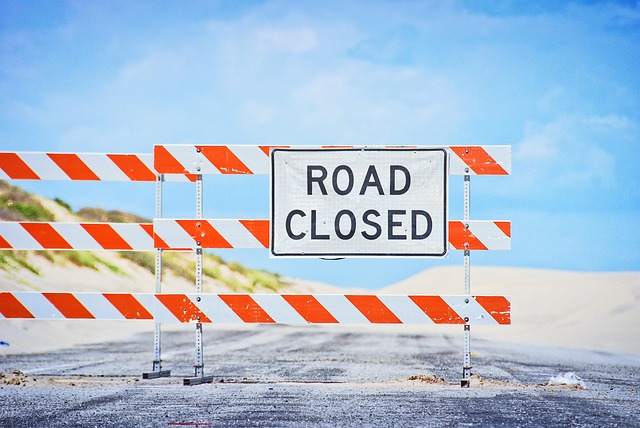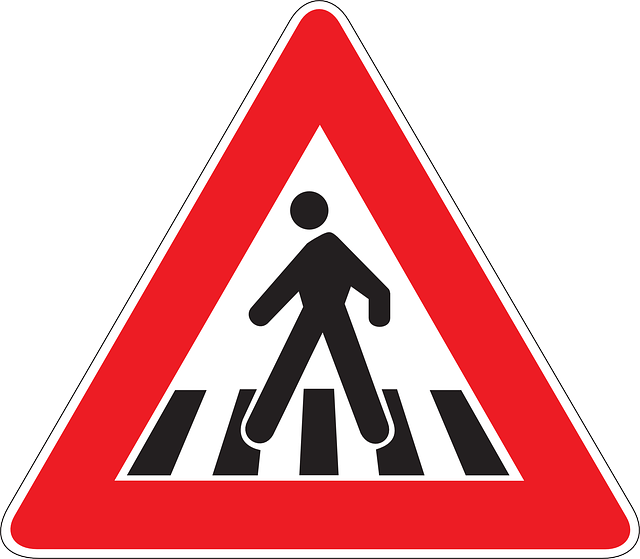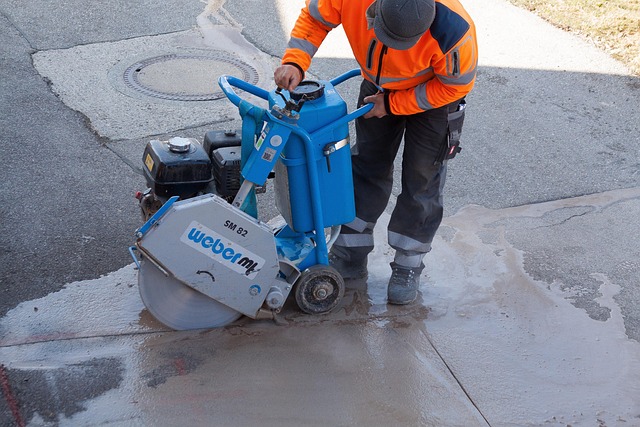Before traveling, research local laws, customs, and road safety regulations for your destination. Ensure you have proper documentation and international travel insurance. Prioritize safety by understanding highway exit strategies, adhering to speed limits, and staying alert. For family road trips, map your route, take regular breaks, and follow tailored safety tips. Prepare for emergencies with vehicle maintenance, an emergency kit, and safe driving practices. Implement the Select Road Safety Tips for a secure and enjoyable travel experience.
“Travel smart, not just fast! Planning ahead is key to a smooth and safe journey. Before you embark, understand your destination’s local laws and customs, ensuring compliance with essential documentation like passports, visas, and insurance. Adopt safe travel practices to protect yourself and your belongings. Map out your route, considering the best roads and stops. Be prepared for roadside emergencies with strategic planning. Implement these road safety tips for a confident, secure adventure.”
- Understand Your Destination: Research Local Laws and Customs
- Essential Documentation: Passports, Visas, and Insurance
- Safe Travel Practices: Protecting Yourself and Your Belongings
- Planning Your Route: Mapping Out the Best Roads and Stops
- Roadside Emergencies: Preparing for Unforeseen Situations
Understand Your Destination: Research Local Laws and Customs

Before embarking on your journey, take time to understand the destination you’re heading to. Researching local laws and customs is a crucial part of planning ahead. Every country has its own set of rules and regulations, some even vary from region to region within the same nation. Understanding these nuances will not only help you avoid unnecessary friction with the local authorities but also ensure your overall safety and comfort during your travels.
For instance, certain destinations may have specific guidelines regarding behavior in public spaces, dress codes for sacred sites, or even unique traffic patterns. By familiarizing yourself with these aspects beforehand, you can make informed decisions that align with local customs. Additionally, when it comes to road safety tips, understanding the destination’s laws on speed limits, seatbelts, and driving behavior will equip you with the knowledge needed to select effective highway exit strategies for quick evasive maneuvers. Always remember to maintain your vehicle’s brakes for optimal stopping power and practice safe driving habits, especially after consuming alcohol or drugs.
Essential Documentation: Passports, Visas, and Insurance

Before you embark on your travels, ensure you have all the essential documentation in order. This includes a valid passport and any necessary visas for your destination, which can be a time-consuming process, so allow ample time to apply well ahead of your departure date. International travel insurance is another crucial component; it provides peace of mind and covers unexpected events or medical emergencies during your trip.
When navigating busy city streets safely or driving on highways, having the right documentation and being insured can be a game-changer. It allows you to focus on exploring new places without the added stress of legal issues or financial burdens. Additionally, for senior drivers, regular refresher courses can enhance road safety skills and confidence, making your travels smoother and more enjoyable.
Safe Travel Practices: Protecting Yourself and Your Belongings

When planning your travels, prioritizing safe practices is paramount to ensuring a stress-free and enjoyable journey. One of the key aspects involves safeguarding yourself and your belongings, especially when navigating unfamiliar territories. Implementing simple yet effective road safety tips can significantly minimize risks. For instance, adhering to pedestrian safety guidelines both day and night is crucial; being visible to drivers and using designated crosswalks can prevent accidents.
Moreover, understanding highway exit strategies for quick evasive maneuvers can be a lifesaver. Knowing how and when to utilize these techniques during emergencies or unexpected situations on high-speed roads reduces the chances of severe collisions. Additionally, focusing on preventing common traffic accidents by staying alert, respecting speed limits, and maintaining a safe distance from other vehicles contributes to your overall well-being while on the road.
Planning Your Route: Mapping Out the Best Roads and Stops

Planning your route is a crucial step in ensuring a smooth and safe journey, especially when traveling by car with your family. Start by mapping out the best roads considering factors like traffic conditions, scenic beauty, and road safety. Tools like Google Maps or Waze can help identify potential hazards and suggest alternative routes to avoid them. When planning stops, factor in rest breaks for both you and your children, as well as opportunities to stretch legs and refuel.
Remember to follow Road Safety Tips tailored for your mode of transport. For those driving, ensure regular vehicle maintenance checks and always wear a seatbelt. If traveling by bicycle, make sure everyone has the right gear, including a properly fitted bicycle helmet for adults and kids. Additionally, consider the needs of young children when choosing the right car seat; it’s just as important for safe road trips as selecting the right tire pressure or checking your route for construction zones.
Roadside Emergencies: Preparing for Unforeseen Situations

When planning a road trip, it’s crucial to prepare for unexpected situations that could arise. One such scenario is a roadside emergency, which can happen at any time and in various forms, from a flat tire to mechanical failures or even medical emergencies. To ensure safety during these unforeseen events, follow selected Road Safety Tips:
Start by ensuring your vehicle is well-maintained with regular check-ups. Keep an emergency kit in your car, complete with essentials like a first-aid kit, flashlights, a fire extinguisher, and basic tools for minor repairs. For families, child car seat installation tips for parents should be a priority. Ensure the seats are properly fitted and meet current safety standards. Additionally, familiarize yourself with pedestrian safety around schools zones to protect children when they’re not in a vehicle. Remember, preparation is key; equip yourself with these simple yet vital measures to handle unexpected roadside situations effectively.
Traveling smart involves thorough planning and preparation. By understanding your destination, ensuring you have all essential documentation, adopting safe travel practices, carefully planning your route, and being ready for roadside emergencies, you can make your journey more enjoyable and secure. Remember to follow select road safety tips tailored to your itinerary, enabling a smooth and worry-free experience.
